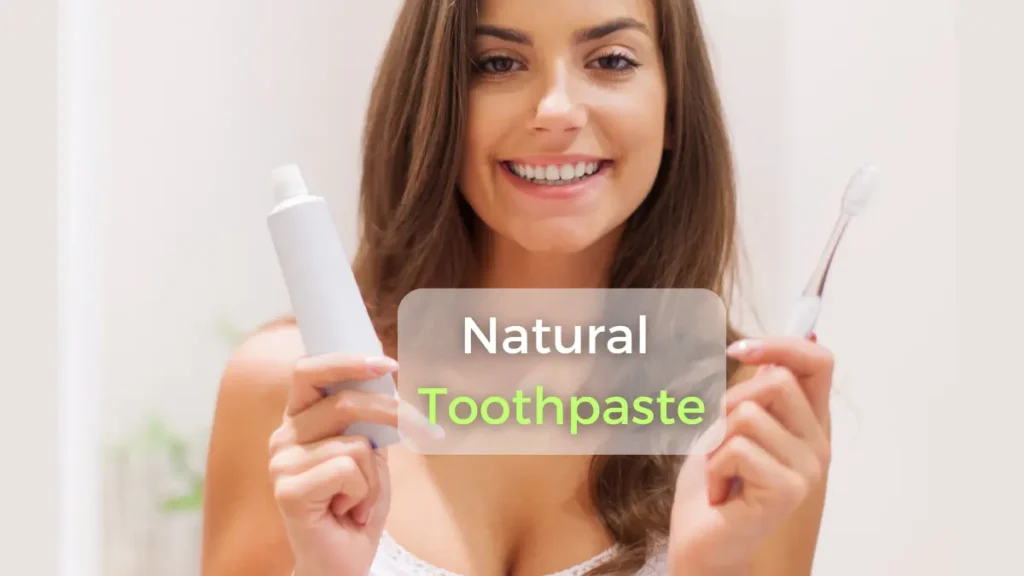
Introduction
Natural toothpaste is a healthier and more eco-friendly alternative to regular or traditional toothpaste, and as a result, it is becoming increasingly popular among health-conscious people.
In fact, the growing concerns over the chemicals and synthetic ingredients found in conventional toothpaste have led many people to seek out natural alternatives.
In this article, I will try to explain what actually natural toothpaste means, benefits of natural toothpaste, how it differs from regular toothpaste, and what to look for when choosing a natural toothpaste.
So, whether you’re looking to make a positive impact on the environment or simply want to take a more natural approach to dental care, read on to discover why natural toothpaste is a smart choice.
First of all, we will see the meaning of natural toothpaste.
What is Natural Toothpaste?
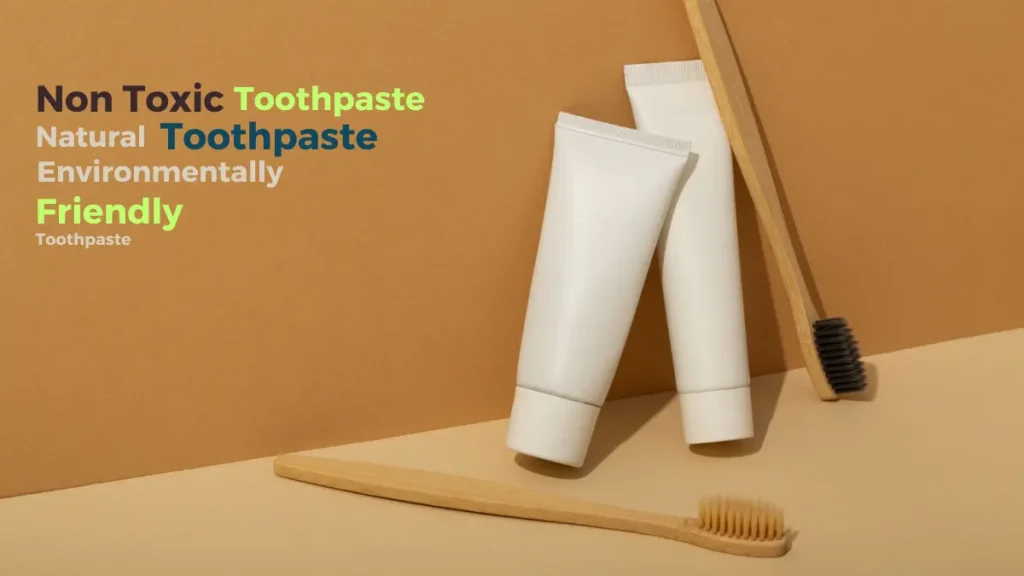
As I said in introduction, Natural toothpaste is a great alternative to regular or traditional toothpaste. Because it provides numerous benefits without any harmful chemicals.
we will discuss this in detail later.
But before that, I will explain its meaning.
Using a more gentle and natural approach to dental care can help improve your overall oral health while being eco-friendly at the same time.
Unlike regular toothpaste, natural toothpaste is made using only natural ingredients. It makes a healthier and safer option for your dental care routine.
For instance, non toxic toothpaste is free from harsh chemicals like sodium lauryl sulfate, which can irritate the gums and cause canker sores. Instead, natural toothpaste contains gentle and natural ingredients like baking soda, peppermint oil, and xylitol, which work together to clean and protect your teeth without causing any harm.
Additionally, natural toothpaste is often packaged in eco-friendly containers and produced using sustainable manufacturing methods, which further sets it apart from conventional toothpaste.
Difference Between Natural Toothpaste and Traditional Toothpaste
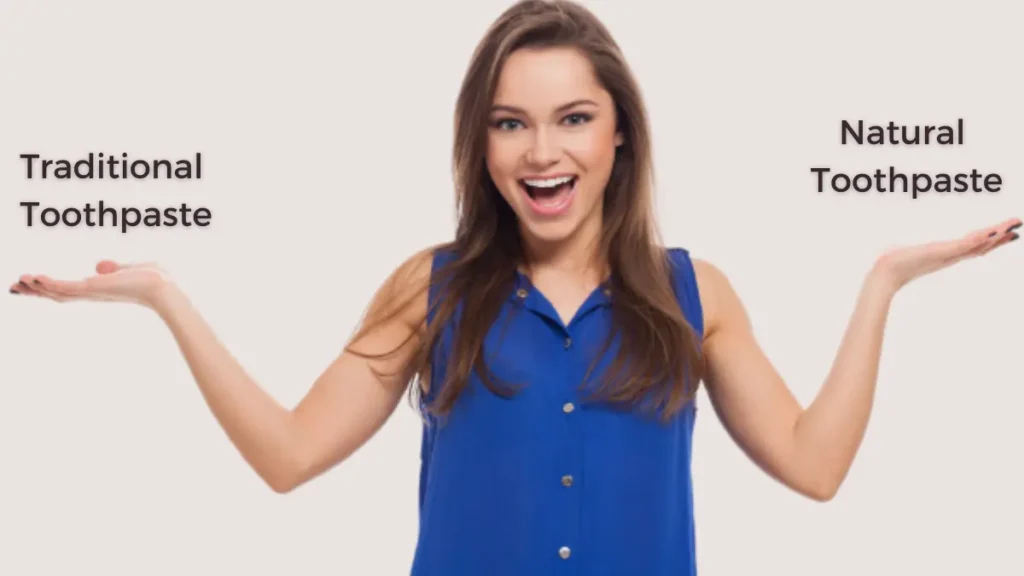
| Criteria | Natural Toothpaste | Traditional Toothpaste |
| Ingredients | Only natural | Synthetic and chemical |
| Harsh chemicals | None | Often contains |
| Key ingredients | Baking soda, tea tree oil, peppermint oil, etc. | Fluoride, sodium lauryl sulfate, etc. |
| Packaging | Eco-friendly | Often non-recyclable |
| Production methods | Sustainable | May not prioritize sustainability |
| Flavor options | Limited | Wide range available |
| Cost | Can be more expansive | Often more affordable |
| Texture | May have a different texture due to natural ingredients | Often similar texture across brands |
| Whitening effectiveness | May not be as effective as traditional toothpaste in whitening teeth | Often contains whitening agents and can be more effective in whitening teeth |
| Cavity prevention | May not contain fluoride, which is important for preventing cavities | Often contains fluoride for cavity prevention |
| Staining potential | May not contain ingredients that can cause staining, such as artificial coloring | May contain ingredients that can cause staining, such as artificial coloring |
Most Common Ingredients and it’s Benefits in Non Toxic Toothpaste
In non toxic toothpaste most common ingredients are used by many toothpaste manufacturers. Here I picked most common ingredients such as, baking soda, coconut oil, xylitol, peppermint or tea tree oil, sage or chamomile, neem extract, aloe vera. We will let understand one by one.
Baking Soda in Non Toxic toothpaste
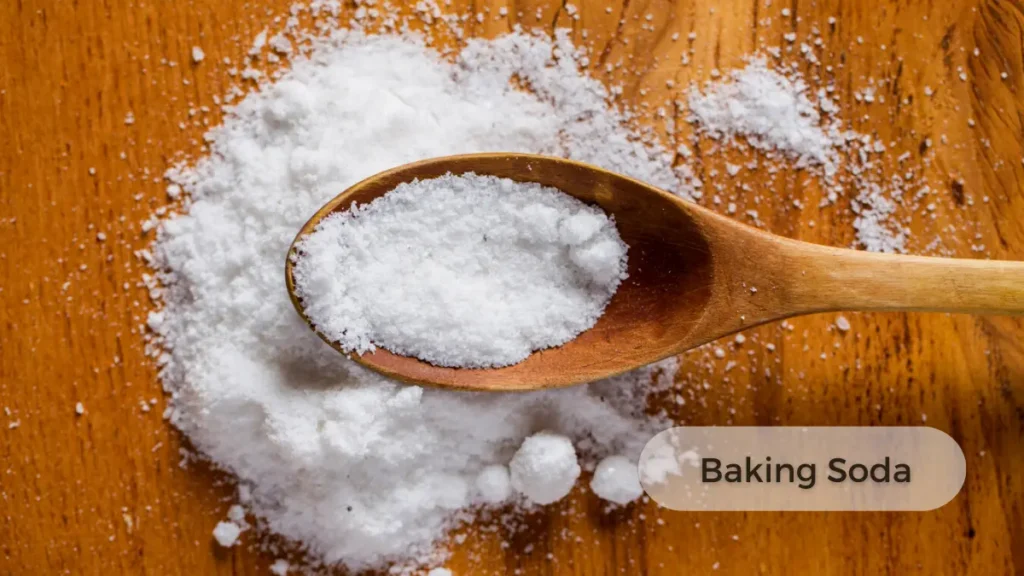
Firstly, baking soda is a popular ingredient in non toxic toothpaste. It helps to neutralize acids in the mouth and remove stains from teeth.
Coconut Oil for Natural toothpaste
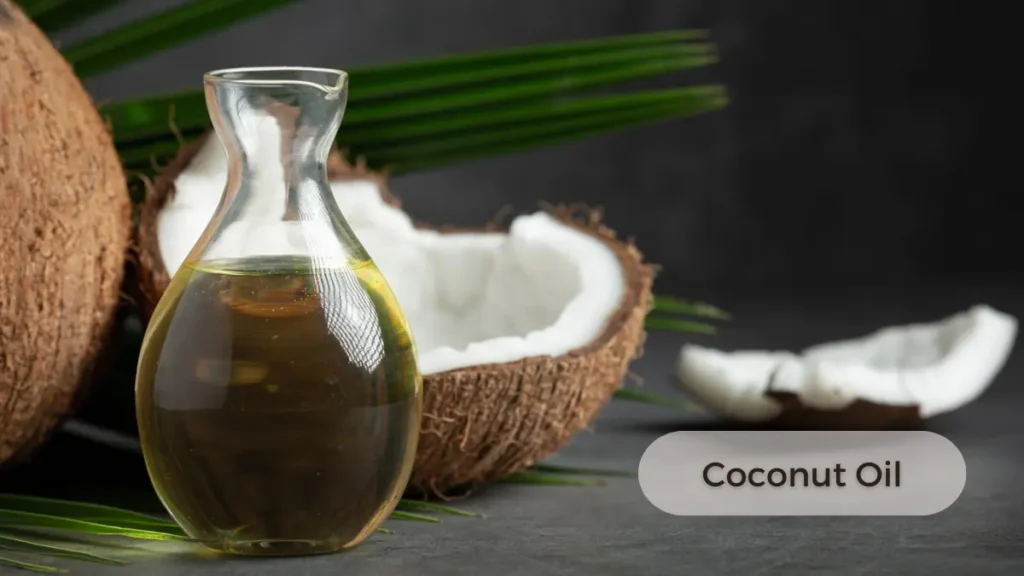
Additionally, coconut oil is often used as a natural antiseptic and can help to reduce inflammation in the gums.
Xylitol in Non Toxic Toothpaste
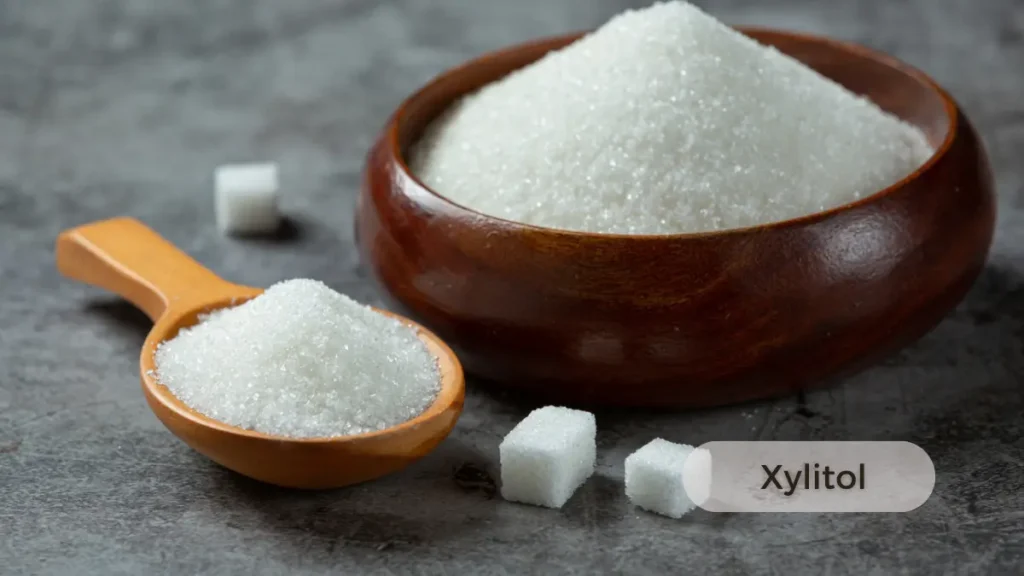
Furthermore, xylitol is a natural sweetener that can help you to prevent cavities by reducing the amount of harmful bacteria in the mouth.
Peppermint or Tea Tree Oil

Moreover, it is essential oil which are commonly added to non toxic toothpaste to provide a refreshing flavor and promote healthy oral hygiene for your teeth.
Herbs Like Sage or Chamomile
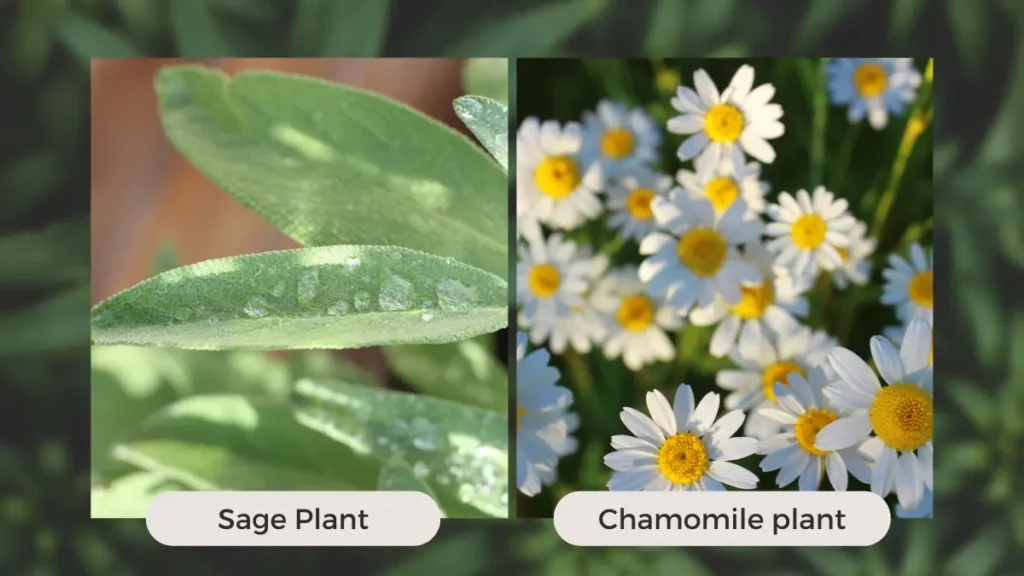
Sage and chamomile have been used for centuries as a natural remedy for various oral issues. It may be used for their antibacterial properties and ability to soothe gum irritation. It is often used as a rinse or in combination with other herbs in natural mouthwashes or homemade oral care preparations.
Neem Extract for Gum Disease

Off course neem, it is also known as “Nimba” or “Arishtha”. In ayurveda neem holds significant importance because of its valuable herb with numerous therapeutic benefits. it is known for its potent antibacterial and antifungal properties.
Additionally, neem extract can assist in preventing gum diseases and reducing plaque build-up.
Aloe Vera for Dental Health
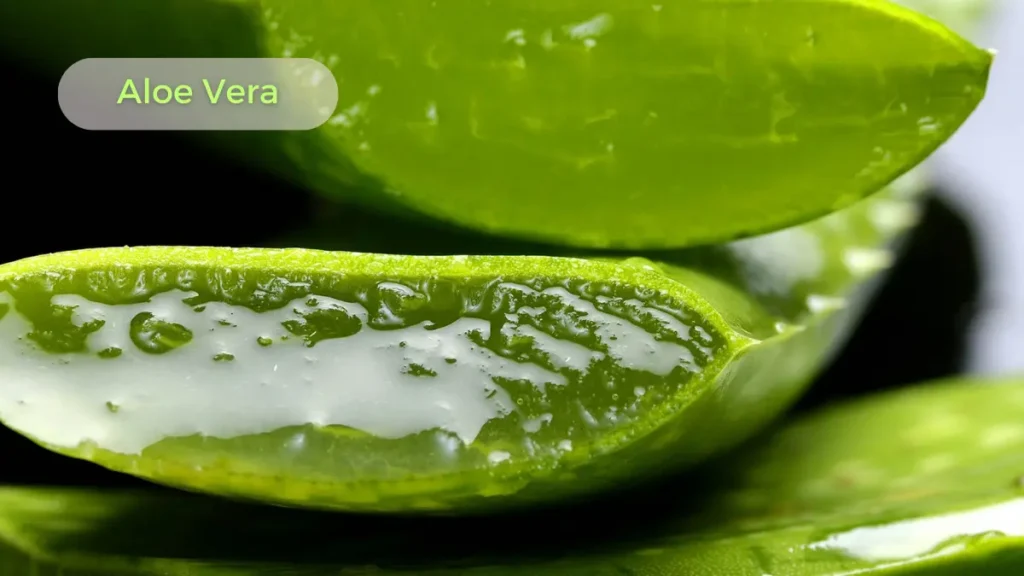
And lastly, aloe vera. Yes, it has a soothing and healing properties. It promotes a gum health and reduces inflammation.
Here we should note that by using non toxic toothpaste, we must avoid the use of ingredients present in conventional toothpaste like artificial ingredients, harsh chemicals etc. By reducing the contact, we can take care of the environment along with the care of our mouth.
Why Should You Use Non toxic Toothpaste Instead of Regular Toothpaste?
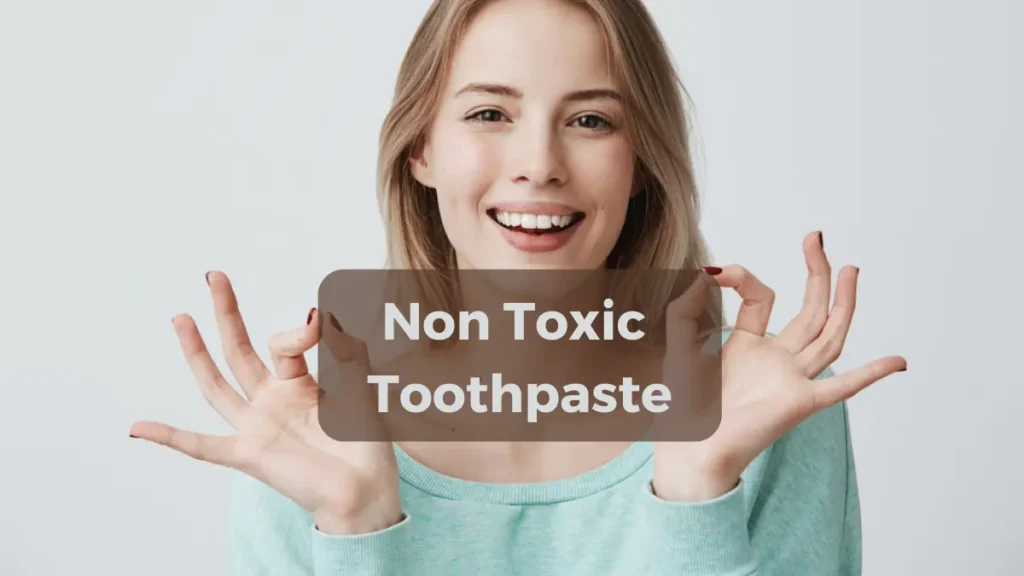
When it comes to oral health, non toxic toothpaste offers a several advantages over regular toothpaste. Here I have mentioned some reasons that you must be aware about it.
Let’s discuss,
- Chemical free formulation: as words says natural means no chemical used. basically, in regular toothpaste have used artificial colors, flavors, and preservatives. Which generally causes irritations or allergic reactions in the mouth. But, in non toxic toothpaste all such ingredients are avoided.
- Reduced harsh ingredients: Regular toothpaste often contains harsh abrasives that may cause enamel erosion or tooth sensitivity over time. In contrast, non toxic toothpaste tends to use gentler alternatives like baking soda or calcium carbonate to polish the teeth without causing damage.
- Avoidance of SLS: Sodium Lauryl Sulfate (SLS) is a common foaming agent in many regular toothpaste brands. However, it can irritate the oral tissues and lead to dry mouth. Non toxic toothpaste usually omits SLS, promoting a gentler and more comfortable brushing experience.
- Limited Synthetic Additives: non toxic toothpaste minimizes the inclusion of synthetic additives such as artificial sweeteners, dyes, and flavorings. Instead, it often relies on natural sweeteners like xylitol and essential oils for a pleasant taste without compromising oral health.
- Antibacterial Benefits: Some non toxic toothpaste formulations incorporate antibacterial ingredients like tea tree oil or neem extract. These natural agents can help combat harmful oral bacteria, reduce plaque formation, and promote a healthier oral environment.
- Environmentally Friendly: Many non toxic toothpaste brands prioritize sustainability by using eco-friendly packaging materials and avoiding harmful chemicals that can harm the environment during manufacturing and disposal.
- Personal Preference: Some individuals may prefer non toxic toothpaste due to personal values or concerns about the potential long-term effects of certain chemicals used in regular toothpaste.
What are Harmful Ingredients in Traditional or Regular Toothpaste?

As we see the difference between traditional and natural toothpaste. I clearly mentioned there – beneficial points that you must noticed. But here are some ingredients which are harmful for your health. And, might be you are not aware about that. So, these ingredients you must know and take care while purchasing toothpaste
Sodium Lauryl Sulfate (SLS)
This is very common ingredients which found in almost all traditional toothpaste. Its uses in the toothpaste is to create the lathering effect.
However, it can sometimes cause oral irritation and dryness, affecting the delicate tissues in your mouths.
Triclosan
Another concerning ingredients is triclosan. Long-term exposure to triclosan may contribute to antibiotic resistance, making bacteria more resistant to the effects of antibiotics. This resistance can pose challenges in the treatment of bacterial infections.
Artificial Colors and Sweeteners
Traditional toothpaste often includes artificial colors and flavors to enhance the look and taste. Saccharin or aspartame are used in traditional toothpaste for sweeten the taste. However, these additives can be derived from synthetic sources. That’s why, they may have links to allergic reactions or sensitivities in some individuals.
Fluoride
While fluoride is widely used in toothpaste to prevent tooth decay. Excessive consumption of fluoride can result in a condition known as fluorosis. which causes discoloration or mottling of tooth enamel.
It is important to note that you must need to care about intake of fluoride. Specially, for children who may be more susceptible to fluorosis.
Propylene Glycol
This synthetic compound is used in some traditional toothpaste as a humectant or moisture-retaining agent. However, propylene glycol has the potential to cause skin irritation and allergic reactions in some individuals.
Diethanolamine (DEA)
DEA is often present in traditional toothpaste as a foaming agent or emulsifier. However, studies have raised concerns about its potential to form carcinogenic compounds when combined with other ingredients, making it a subject of concern for some individuals.
Microbeads
Certain traditional toothpaste brands may include microbeads, which are tiny plastic particles used for their abrasive properties. However, these microbeads can contribute to plastic pollution and harm marine ecosystems when they are rinsed down the drain and enter water systems.
Parabens
Parabens are preservatives, which commonly used in toothpaste. However, there are concerns that parabens can disrupt hormone balance and have potential links to certain health issues. It’s important to take care of the presence of parabens in traditional toothpaste.
Carrageenan
Carrageenan is a thickening agent derived from seaweed that is sometimes added to toothpaste. However, there are debates regarding its safety. As I researched, some studies suggesting that it may cause inflammation and digestive issues in some individuals.
What is the Best Eco friendly Toothpaste Recipe for Adults?
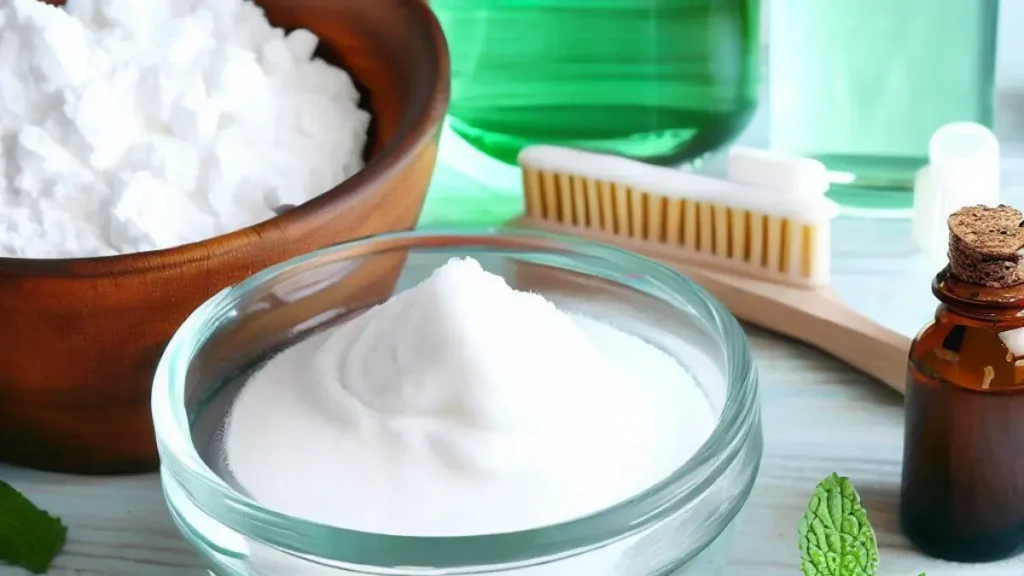
Here’s a simple recipe for making eco friendly toothpaste at home for adults:
Ingredients:
- 4 tablespoons of baking soda
- 2 tablespoons of coconut oil
- 10-15 drops of peppermint essential oil (or any other flavor of your choice)
- Optional: 1-2 teaspoons of xylitol or stevia for sweetness
Instructions:
- In a small bowl, combine the baking soda and coconut oil. Mix properly until you get a smooth paste.
- Add the peppermint essential oil and mix it into the paste. The essential oil will provide a refreshing flavor and leave your mouth feeling fresh. Adjust the number of drops according to your preference for flavor intensity.
- If desired, add a teaspoon or two of xylitol or stevia for sweetness. This step is optional as some individuals prefer a slightly sweet taste in their toothpaste. Adjust the amount according to your preference.
- Stir all the ingredients thoroughly to ensure they are well combined.
- Transfer the mixture into a clean, airtight container for storage. A small glass jar or a reusable silicone tube works well for this purpose.
Usage:
Scoop a small amount of the eco friendly toothpaste using a clean toothbrush or a spatula. Brush your teeth as you would with regular toothpaste, focusing on all surfaces of your teeth and gums. Rinse thoroughly with water after brushing.
It’s worth noting that homemade toothpaste may have a different texture and consistency compared to commercial toothpaste. Additionally, this recipe does not contain fluoride, so it may not provide the same level of cavity protection as fluoride-containing toothpaste. If you have specific dental concerns or conditions, it’s always a good idea to consult with your dentist before using homemade toothpaste.
Remember to store the eco friendly toothpaste in a cool, dry place and discard any unused portions after a few weeks to maintain freshness and hygiene.
Bottom Line
In essence, opting for eco friendly toothpaste over regular toothpaste brings forth a host of benefits. By embracing a chemical-free formulation and avoiding harsh ingredients like sodium lauryl sulfate, individuals can enjoy a gentler brushing experience that promotes oral health. Furthermore, the avoidance of synthetic additives, such as artificial colors, flavors, and sweeteners, contributes to a more natural and potentially allergen-free oral care routine. Eco friendly toothpaste’s incorporation of antibacterial agents and environmentally friendly practices further solidify its position as a conscious choice for overall oral well-being. Ultimately, making the switch to eco friendly toothpaste aligns with personal values, respects the environment, and supports a healthier approach to oral hygiene.
FAQ
Which are the Basic Common Ingredients in all-Natural Toothpaste?
Natural toothpaste commonly includes basic ingredients such as baking soda, coconut oil, essential oils (e.g., peppermint or tea tree oil), xylitol, herbal extracts (e.g., sage or chamomile), calcium carbonate, and glycerin. These ingredients work together to provide gentle cleansing, antibacterial properties, fresh breath, and mild sweetness, while promoting a healthier oral environment.
How Many Times You Should Use Toothpaste in a Day?
It is generally recommended to use toothpaste at least twice a day, ideally once in the morning and once before bedtime. This helps ensure thorough cleaning of the teeth and gums, removing plaque and bacteria that can contribute to tooth decay and gum disease. Additionally, it is important to follow the instructions provided by the toothpaste manufacturer for the appropriate amount of toothpaste to use during each brushing session.
How to Choose the Best Natural Toothpaste?
When choosing the best non-toxic toothpaste:
- Look for clear ingredient lists with natural ingredients.
- Avoid harmful additives like sodium lauryl sulfate and artificial colors, flavors, and sweeteners.
- Check for certifications from reputable organizations like NPA or NCS.
- Consider your specific dental needs (sensitivity, cavities, etc.).
- Choose a flavor and texture you enjoy.
- Read reviews and seek recommendations from trusted sources or dental professionals.
- Try different brands until you find the one that suits you best.
- try to find out environmentally friendly container
What is the Expiry Date for Natural Toothpaste?
The expiration date for these toothpaste can vary depending on the brand and specific formulation. Generally, it has a shelf life of about 1 to 2 years from the manufacturing date. It is important to check the packaging or the tube for the expiration date information provided by the manufacturer. Using toothpaste past its expiration date may result in a decrease in effectiveness and potential changes in texture or taste. It’s advisable to discard and replace toothpaste that has expired.






